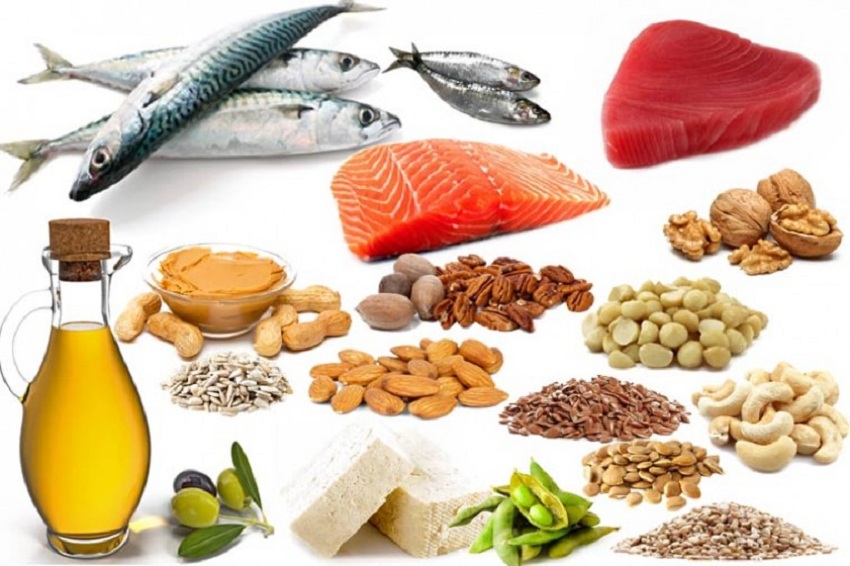A Guide to Choosing Healthy Fats
While much of the developed world continues its current obsession with low fat and fat-free foods, with this brings one of the biggest misconceptions when it comes to nutrition; this is the notion that all fats are bad for you. While it is true, in large amounts, some types of fat are bad for your health (not to mention your waistline), there are some that are essential to supporting a number of our body’s functions. In fact, healthy fats play a huge role in helping you balance your moods, stay on top of your mental game, fight fatigue, and even help to control your body weight.

In this case, the answer is not cutting out the fat from your diet—it’s simply learning to distinguish the good fats from the bad and making healthy choices in replacing them in your diet.
The Good Fats
- Monounsaturated fats: This type of fat is found in a variety of different foods and oils. Research shows that having a diet rich in monounsaturated fats improves blood cholesterol levels, which can lower your risk of heart disease and type 2 diabetes.
- Polyunsaturated fat. This type of fat is found mostly in plant-based foods and oils. Studies also indicate that eating foods high in polyunsaturated fats can help improve blood cholesterol levels, which can lower your risk of heart disease. These type of fats may also help in the in decreasing the risk of type 2 diabetes.
The Omega-3 Fatty Acids
The omega-3 fatty acids are a type of polyunsaturated fat and are among the healthiest fats a person can eat. These fats can potentially add years to your life by dramatically reducing the risk of heart attack and stroke. They may also help fight against depression, arthritis, and certain types of cancers. This Omega-3s, found mainly in types of oily fish, have been found to decrease the risk of coronary artery disease. They also aid in protecting against an irregular heartbeat and help lower blood pressure levels.
Eat frequently:
- Fatty, oily fish – such as cold-water salmon, herring, sardines, and tuna
- Flaxseeds and flaxseed oil
- Olive oil
- Avocados
- Nuts (almonds, walnuts, peanuts, macadamia nuts, pecans, cashews)
The Bad Fats
On the flip side, there’s also a dark side to fats. The concern with some types of dietary fats is that they increase your risk of cardiovascular disease, obesity, cancer, and high cholesterol. The two main types of harmful dietary fats are:
- Saturated fats. This type of fat comes predominately from animal protein. Saturated fat can raise total blood cholesterol levels which can increase your chances of cardiovascular disease and type 2 diabetes significantly.
Eat in moderation:
- High-fat cuts of meat (beef, lamb, pork)
- Full-fat dairy products (milk, cream, and butter)
- Cheese
- Ice cream
- Trans fats: Trans fats occur naturally in some foods, and in particular foods sourced from animals. A lot of trans fats are made synthetically during food processing through partial hydrogenation of unsaturated fats. Research studies show that these synthetic trans fats can significantly increase unhealthy cholesterol and lower healthy high-density lipoprotein cholesterol. This has been proven to increase your risk of cardiovascular disease.
Eat in moderation:
- Commercially-baked pastries (cookies, doughnuts, muffins, and cakes)
- Packaged snack foods (crackers, popcorn, chips)
- Stick margarine
- Fried foods (french fries, breaded fish, fried chicken)
It is never more important to be aware of the different categories of fats available on the market today. Focus on reducing foods high in trans fat, saturated fat and cholesterol and emphasize your food choices that include plenty of monounsaturated fats and polyunsaturated fats. But a word of caution when it comes to consuming fats: all fats, including healthy fats, are high in calories. Be careful and make the choice to consume monounsaturated-and polyunsaturated-rich foods instead of, and not in addition to, other fats.
















